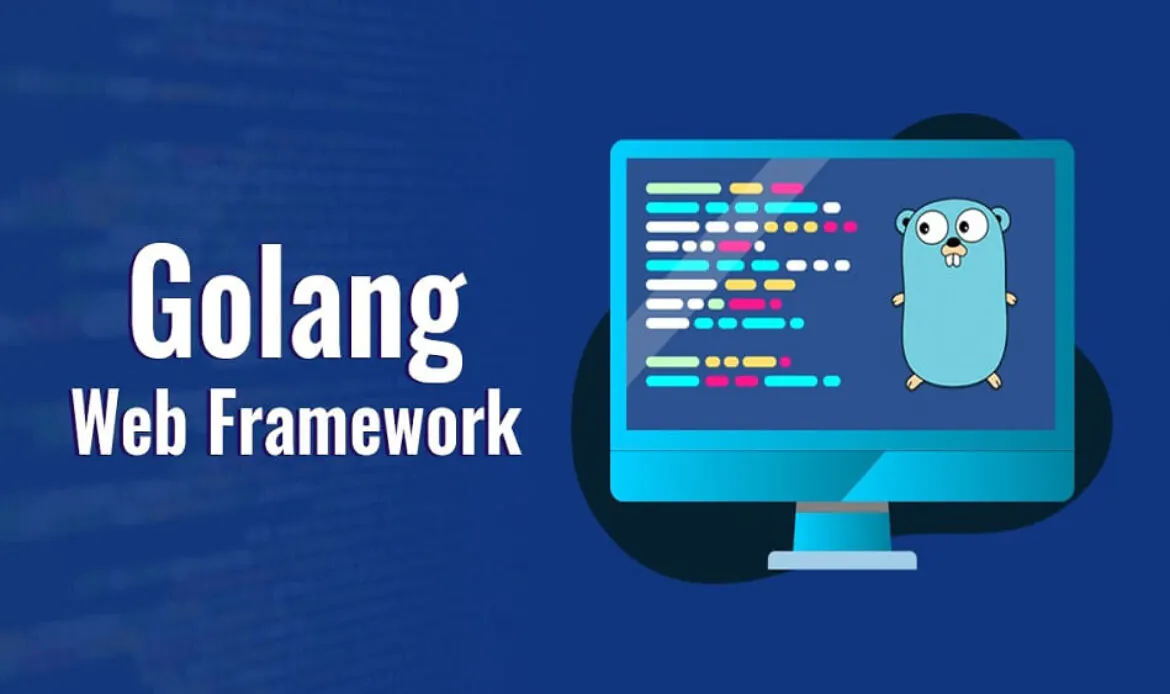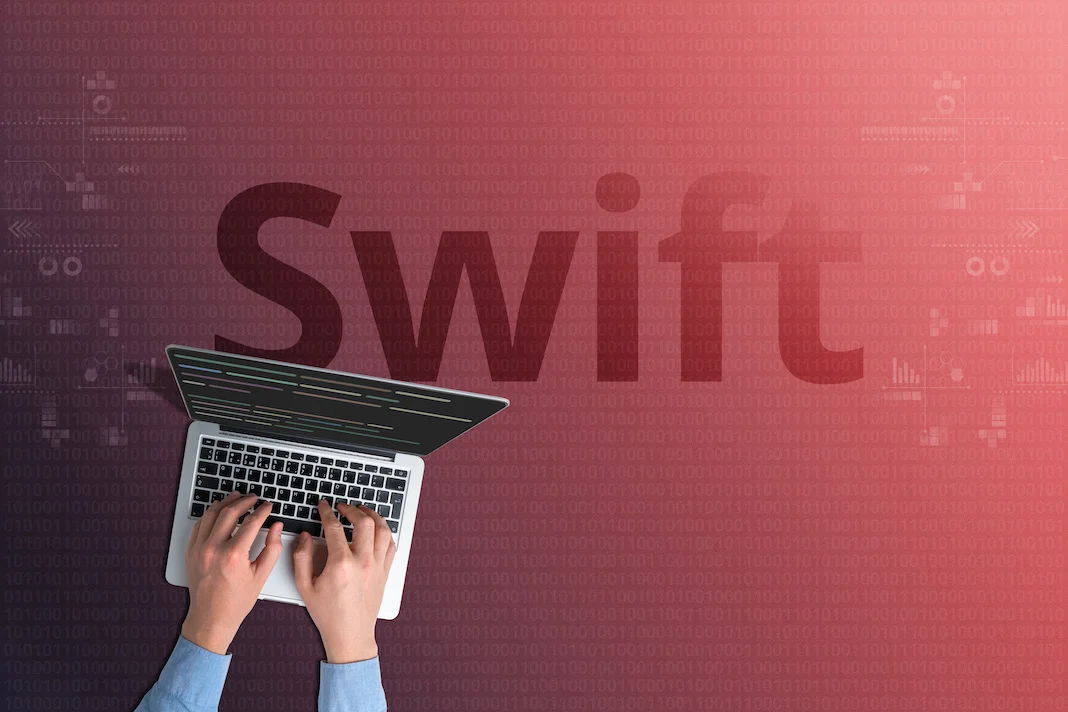7 Best Programming Languages For Businesses in 2024
Introduction
Programming languages are evolving at a fast rate to meet modern-day needs. Now, there is a wide range of languages to choose from, covering every aspect of development.
Programming languages are the foundation of various business tools in every sector today. They are the backbone of applications, systems, programs, games, and other software. In other words, without them, the modern world would not be what it is.

In the digital age, businesses need to stay ahead of the curve to stay in the competition. One of the most important ways to do this is by investing in suitable programming languages. With so many options available, it can be overwhelming to know where to start. That’s why we’ve compiled a list of the 7 most popular programming languages for businesses in 2024.
1. Python:
Python is one of the most popularly used programming languages in today’s world. It was created in the 1980s and has continued to thrive in the corporate sector. The TOIBE programming community index ranking of 2022 indicates that it has held the top spot for more than a year.

– Benefits:
– Easy to learn and read, leading to increased developer productivity.
– Extensive libraries and frameworks for web development, data science, and artificial intelligence.
– Versatility for both scripting and object-oriented programming.
– Drawbacks:
– Slower execution speed compared to languages like C or C++.
– Global Interpreter Lock (GIL) can hinder multithreading performance in certain cases.
2. JavaScript:
Javascript was introduced in 1994, and today, it’s widely recommended for developing web applications, pages, and programs. According to a survey from Statista, over 65% of developers prefer Javascript over other programming languages.

– Benefits:
– Ubiquitous in web development for both front-end and, with Node.js, server-side development.
– Large community and rich ecosystem of libraries and frameworks.
– Supports asynchronous programming, making it suitable for real-time applications.
– Drawbacks:
– Single-threaded nature can lead to performance bottlenecks.
– Different browser implementations may introduce inconsistencies.
3. Java:
Java was released in 1995 by Sun Microsystems and was later acquired by Oracle. It continues to be one of the world’s most widely used programming languages and has remained one of the popular choices among Large Organizations.

– Benefits:
– Platform independence due to the “Write Once, Run Anywhere” (WORA) philosophy.
– Strong support for enterprise-level applications and large-scale systems.
– Robust libraries and frameworks.
– Drawbacks:
– Verbosity of code compared to languages like Python.
– Slower startup time compared to languages like C.
4. C#:
C# is a general-purpose programming language created by Microsoft in 2000 as a spin-off from C and C++.

– Benefits:
– Developed by Microsoft, making it well-suited for Windows applications.
– Strong integration with the .NET framework.
– Supports modern language features like asynchronous programming.
– Drawbacks:
– Limited cross-platform support compared to languages like Java.
– Smaller ecosystem compared to languages like Java or Python.
5. SQL (Structured Query Language):
SQL, or Structured Query Language, is a domain-specific programming language designed for managing and manipulating relational databases. It serves as a standard language for interacting with relational database management systems (RDBMS) such as MySQL, PostgreSQL, SQLite, Microsoft SQL Server, and Oracle Database. SQL is used to perform various operations on databases, including querying, updating, inserting, deleting, and managing data.

– Benefits:
– Essential for managing and querying relational databases.
– Standardized language for database interactions.
– Drawbacks:
– Limited in scope for general-purpose programming compared to other languages.
– Not suitable for handling non-relational databases.
6. Go (Golang):
Go, often referred to as Golang, is a statically typed, compiled programming language designed for simplicity, efficiency, and concurrency. It was developed by Google engineers Robert Griesemer, Rob Pike, and Ken Thompson and first released in 2009. Go was created to address challenges faced by developers when working on large-scale software projects, and it aims to combine the ease of development of interpreted languages with the performance of compiled languages

– Benefits:
– Fast compilation and execution.
– Designed for simplicity and efficiency, making it suitable for scalable systems.
– Built-in support for concurrent programming.
– Drawbacks:
– Smaller ecosystem compared to languages with longer histories.
– Lack of generics (as of my last knowledge update) can lead to code duplication.
7. Swift:
Swift was introduced by Apple in 2014 for Linux, iOS, and Mac applications.

– Benefits:
– Developed by Apple, making it ideal for iOS and macOS application development.
– Modern syntax and features, enhancing developer productivity.
– Strong type inference and safety.
– Drawbacks:
– Limited to Apple platforms, which may restrict its use for cross-platform development.
– Smaller community compared to languages like Python or JavaScript.

